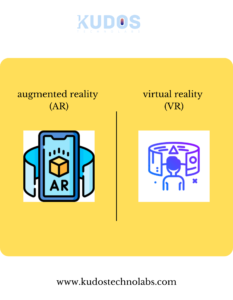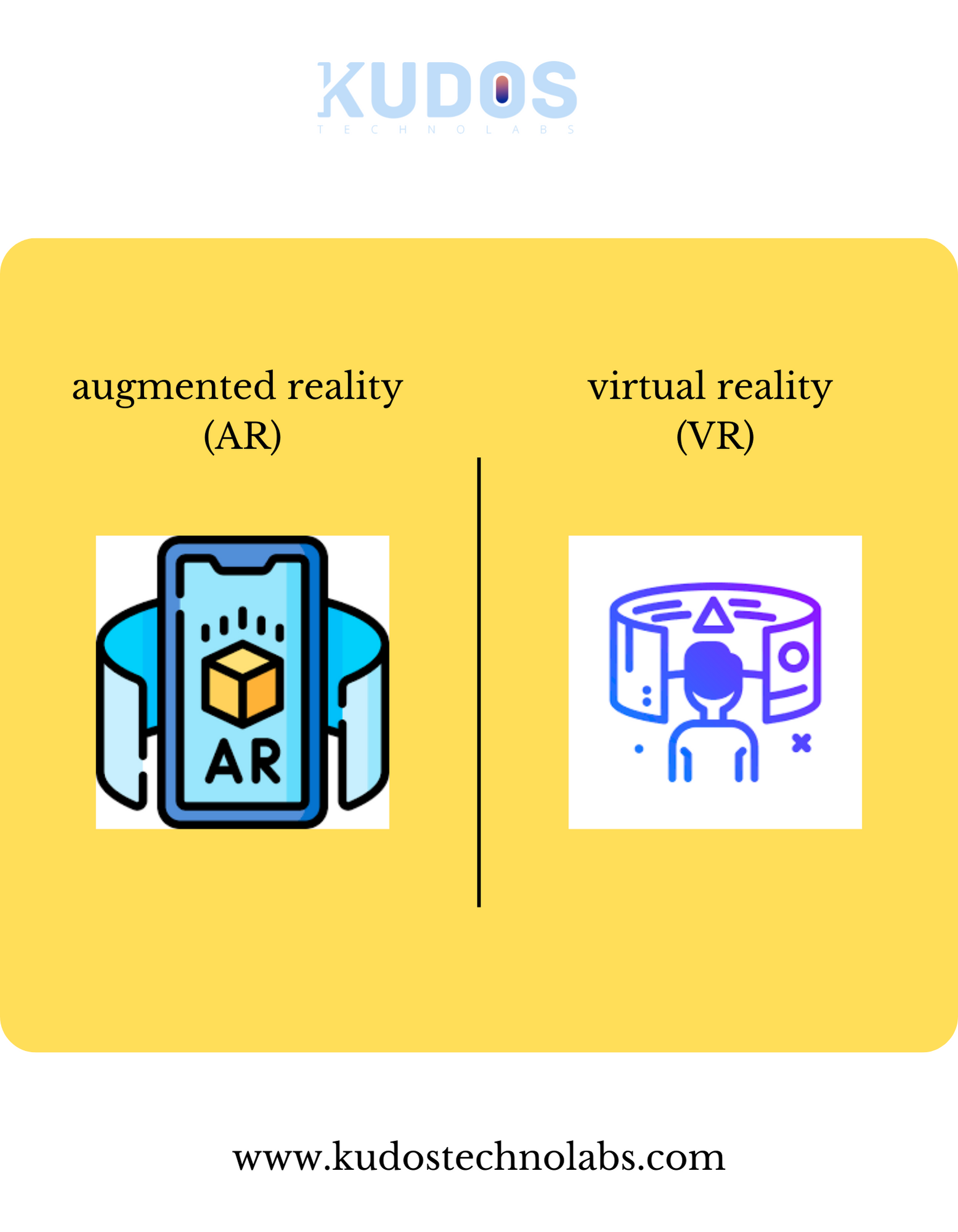Augmented Reality (AR) and Virtual Reality (VR) are two distinct technologies that have gained significant popularity in recent years. Both AR and VR offer immersive experiences, but they differ in how they interact with the real world and the virtual environment. In this article, we will explore the differences between AR and VR, their applications, and the potential impact they have on various industries.

1. Definition and Basic Function:
– Augmented Reality (AR): Augmented Reality (AR) is a technology that adds digital elements like images, videos, or 3D objects onto the real world. It lets you see both the real world and virtual content at the same time, enhancing your surroundings with extra digital information. It enhances the user’s perception of reality by adding virtual elements that interact with the physical world in real-time. AR does not replace the real world but rather supplements it with additional information or digital content.
– Virtual Reality (VR): Virtual Reality (VR) creates a whole new digital world that completely surrounds the user, making them feel like they’re inside it. It takes you away from the real world and immerses you in a virtual environment, blocking out everything else around you. Users wear VR headsets to enter a computer-generated environment, which can be entirely fictional or based on real-world settings. In VR, the user is fully immersed in the virtual world and cannot see or interact with the physical environment.
~~~~~
2. User Interaction:
– AR: With AR, users remain aware of their physical surroundings as digital content is overlaid onto their view. Users can interact with the virtual elements while still being able to see and engage with the real world. AR applications are commonly used on smartphones and smart glasses.
– VR: In VR, users are fully immersed in a simulated environment, and their interactions are limited to the virtual world. They can move, manipulate objects, and engage with the virtual environment, but they cannot perceive or interact with the real world while wearing the VR headset.
~~~~~
3. Hardware Requirements:
– AR: AR applications can often be accessed through standard smartphones or tablets. Some AR experiences may require specialized smart glasses or headsets that are designed to display digital content while still allowing users to see the real world.
– VR: VR experiences require dedicated VR headsets that completely cover the user’s field of view and block out the real-world environment. These headsets are equipped with motion tracking sensors and often require powerful computing devices to render the virtual environment smoothly.
~~~~~
4. Applications and Use Cases:
– AR: Augmented Reality finds applications in various industries, including gaming, education, healthcare, retail, and marketing. In gaming, AR games use the real-world environment as the backdrop for virtual gameplay elements. In education, AR can enhance learning experiences by overlaying interactive 3D models or information on physical objects. In healthcare, AR can aid medical professionals during surgeries by displaying vital patient data in real-time.
– VR: Virtual Reality is widely used in gaming and entertainment, offering users immersive experiences in virtual worlds and simulations. VR is also gaining traction in training and simulation applications, such as flight simulators, military training, and virtual design prototyping. Additionally, VR has potential applications in therapy and mental health treatments, allowing users to immerse themselves in calming or therapeutic environments.
~~~~~
5. Impressiveness and Realism:
– AR: AR provides a partial immersion experience as users remain connected to the real world while interacting with virtual elements. The level of immersion depends on the quality of AR content and the sophistication of the device used.
– VR: VR offers a high level of immersion, where users feel fully present in the virtual environment. This complete immersion enhances the sense of realism and engagement, making VR experiences highly impactful and emotionally stimulating.
~~~~~
6. Social Interaction:
– AR: AR allows for social interactions with other users in the real world. AR experiences can be shared and collaborated upon by multiple users, enhancing social engagement and cooperation.
– VR: VR experiences are generally more isolated and individualized, as users are fully immersed in their own virtual world. However, some VR applications do enable social interactions through avatars or virtual meeting spaces.
Conclusion:
Augmented Reality and Virtual Reality (AR & VR) are amazing technologies that provide unique and immersive experiences. AR adds digital elements to the real world, while VR creates a whole new digital world around you. Both are transformative and can transport you to exciting virtual realms.
AR enhances the real world by overlaying digital content, while VR creates entirely virtual environments. Both technologies have wide-ranging applications across various industries, from gaming and entertainment to education, healthcare, and beyond. As AR and VR continue to advance, they will play an increasingly significant role in shaping the way we interact with information, entertainment, and each other in the digital age.
Stay connected with us on Kudos Technolabs
Get Experienced IT Consultant From India
|| hello@kudostechnolabs.com ||


